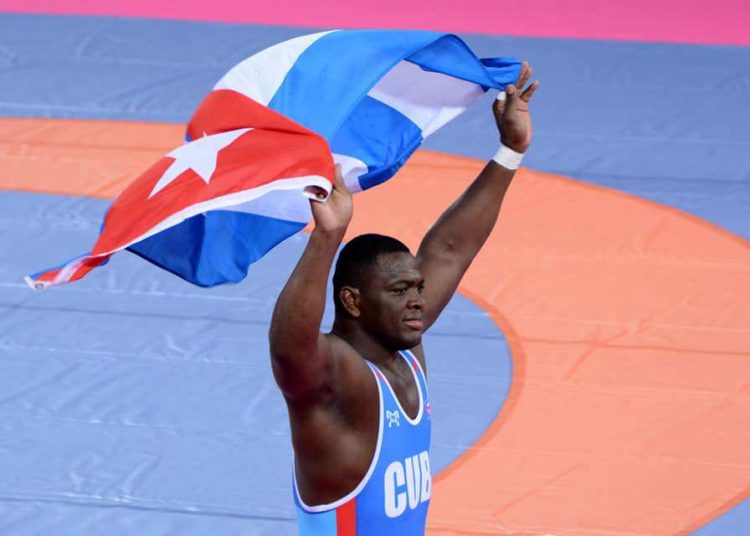When the curtains of the Toronto 2015 Pan American Games went down and I saw Cuba in a strange fourth place―it had ranked second or first since 1971―with only 36 gold medals, I thought I was living a passing nightmare, one of those dreams that don’t let you sleep for a night and then you erase from your memory.
But days, months, years went by and, far from burying the old ghosts, new doubts appeared. Rio 2016 didn’t convince and was, in the end, one of the Olympic events with the least amount of disciplines with medals for Cuba; in Barranquilla, the regional leadership was lost after decades of uncontested dominance….
With those precedents so close, I think it’s impossible to be amazed by the recent performance of the Cuban delegation in the Lima Pan American Games, where they won the least amount of titles (33) since Cali 1971 (30) and for the first time in 56 years weren’t in the four leading-edge places in the Games.
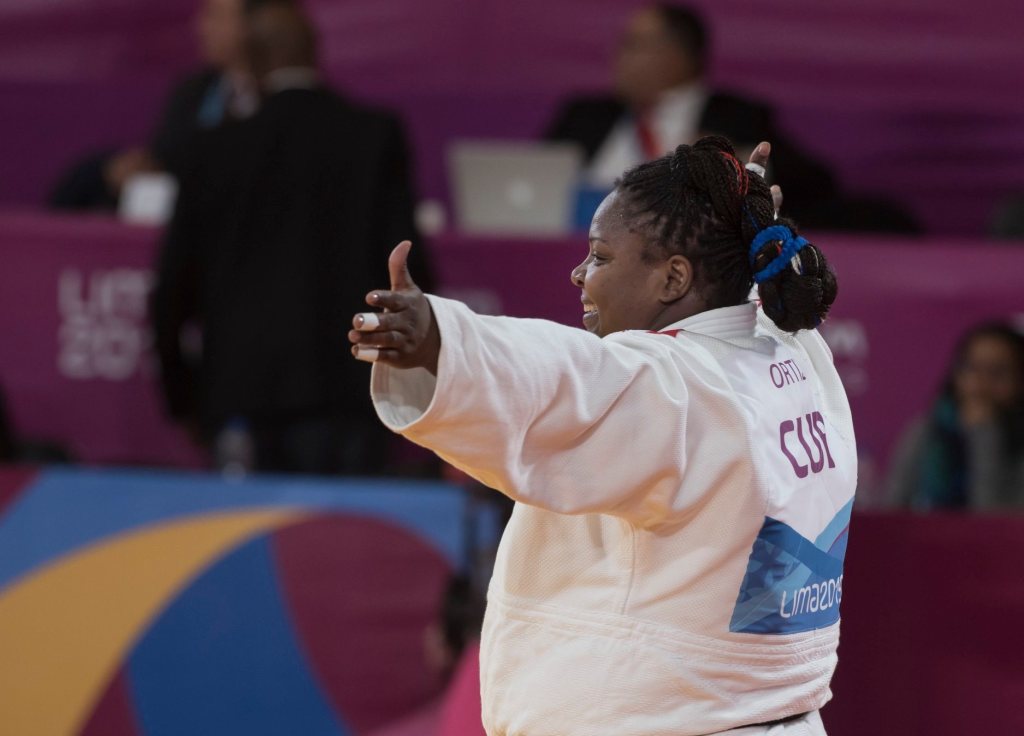
Although it’s difficult to digest such a decrease, it’s currently crazy to expect more from the Cuban sports movement, plunged into its worst crisis since the takeoff of the late 1960s, not only because of the results, but also because of the key details that determine the direction and speed of the course.
For example, we have a depressed infrastructure at all levels, there is a deficit of trainers from the lower categories to the top of the pyramid, gaps in talent acquisition and the study of opposites are increasingly deepened, the use of technology in sports is still incipient….
The list of problems is long and, consequently, expectations can’t be too high, just what has happened in recent times, when we haven’t known how to place in their right dimension our real possibilities in a competition of maximum rigor.
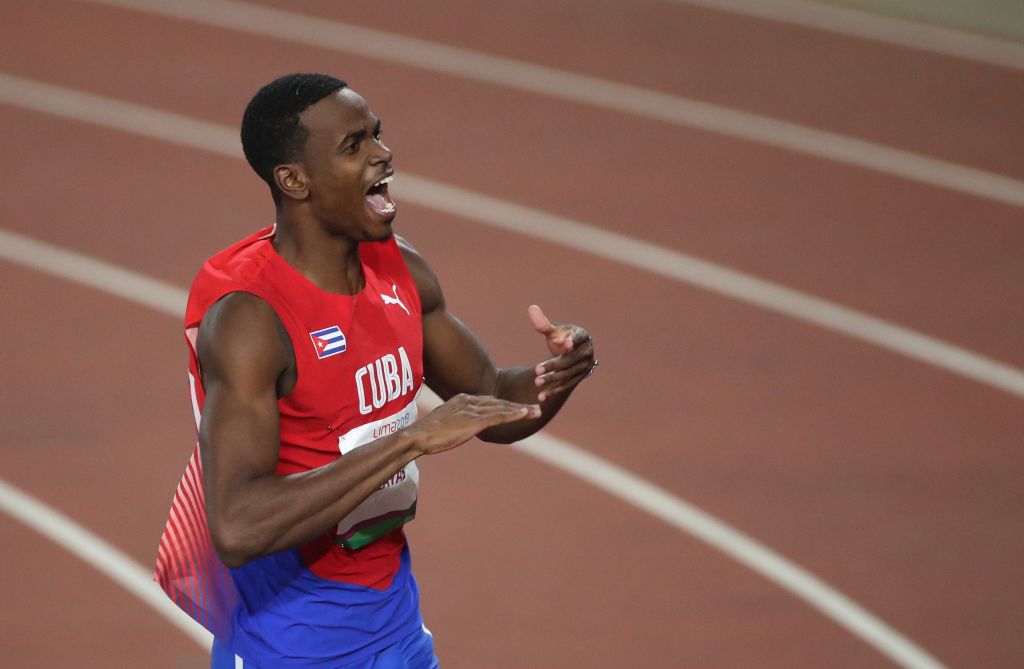
If I were asked about the Cuban performance in Lima, it’s obvious that I can’t be satisfied, something normal for the sports fan on the island, who always wants more. However, the current circumstances didn’t call for optimism and, therefore, I’m not disappointed about what I saw in the Peruvian capital, I basically didn’t expect more.
Cuba had set itself the goal of matching or exceeding the 36 gold medals of Toronto 2015 and keeping the fourth position of those Games, which seemed quite complex before taking off, taking into account, just to mention a fact, that 40% of the champions in Canada wouldn’t even be in Lima now.
With that deficit, the options for the success of Cuba’s forecast were based on a low margin of error and a very high percentage of victories―from as much of the “sure” athletes as of the emerging figures―, a very rare combination in the modern sports concert.
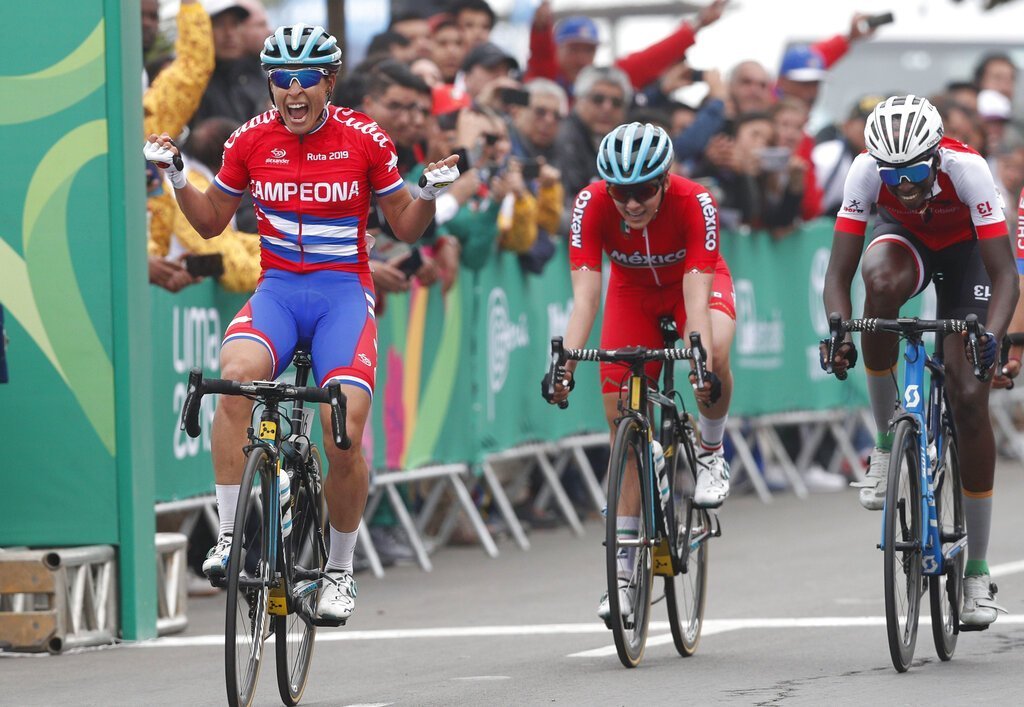
Despite this, disciplines such as boxing, shooting, wrestling, judo, track and field, rowing, canoeing, fencing and cycling saved face with their golden harvest, while the pentathlon, gymnastics, female handball, the volleyball team and pelota also contributed to almost materialize the objectives of the delegation, all supported on an important base of young athletes with a promising future.
In any case, I don’t think that reaching the goal would have been cause for celebration. If from the top of the INDER they are not satisfied with the 33 titles and the fifth place in Lima, neither could they have been with the dream scenario of 36 gold and a fourth place, considering that this result, although better, would be pure fiction and would mask the current reality of Cuban sports.
Many justify or mask the situation by hiding behind the change in the regional and global sports context, or the presence of hundreds of our coaches in countless countries, where they are responsible for and protagonists of spectacular results.
All those external factors are real, but the fact is that we can’t always be aware of others without looking seriously at our house, at our own problems.

We can’t talk about the world changing without questioning what we have done to change and temper the current reality, much less can we mention the Cuban presence in dissimilar countries without questioning whether we took the necessary steps to motivate and, in some cases, re-attract those who are now outside the island.
After the new descent, the majority will focus their accusatory look on the protagonists, the athletes, a totally unfair manifestation, because in sports winning and losing is on the same route and there is no bright future reserved for everyone, not even for great stars who, in theory, will not fail against an inferior rival.
What’s left for the Cuban players and their coaches is only to recognize the effort and commitment in the most unusual conditions due to the island’s shortages. Yes, because we can’t see sports as an isolated entity, oblivious to the complex socioeconomic reality the country is experiencing.
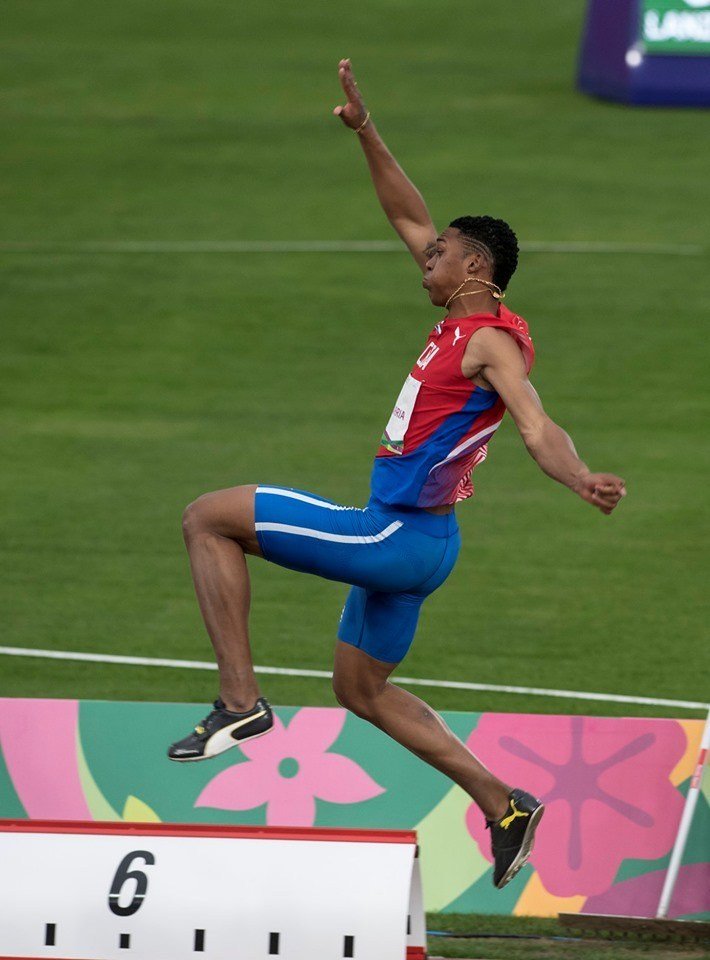
However, the current situation in Cuba does not exonerate those who move the threads of betting, without fear, on a change of mentality. Cuban sports need action, a revolution, an earthquake that shakes its foundations at all levels.
Cuban sports need a new image, need to open up to modern trends, to accept foreign coaches and sponsorship, as well as approaching dozens of athletes who, despite residing in other countries, have never moved a finger against the island and still have the hope of one day wearing the four-letter T-shirt.
Cuban sports need a face lift, less speeches, less slogans, less triumphalism. Cuban sports need many things, and not now because it has receded in Lima, in reality this regression is an inevitable consequence of the inaction of the past.

